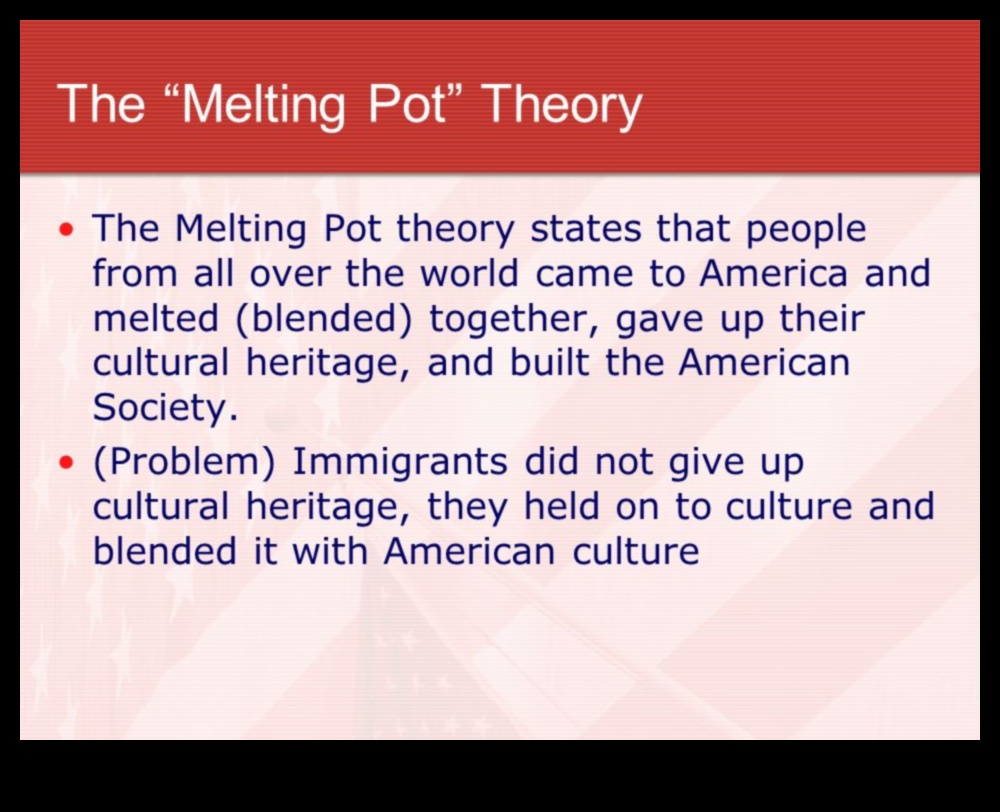
The search intent of “when did immigration start” is to find out the historical timeline of immigration. People who search for this keyword are looking for information about when different groups of people started immigrating to a particular place, or when immigration in general started. They may also be looking for information about the reasons why people immigrated to a particular place, or about the impact that immigration has had on the society.
The history of immigration is a long and complex one, and there is no single answer to the question of when it started. However, some of the earliest evidence of human migration dates back to the Paleolithic period, when hunter-gatherers began to spread out from Africa into other parts of the world.
As human societies became more complex, so did the patterns of migration. In the ancient world, people often migrated for reasons such as trade, warfare, or religious persecution. During the Middle Ages, there was a great deal of migration due to the Crusades and the Black Death.
In the modern era, the Industrial Revolution led to a massive increase in the number of people who migrated from rural areas to cities in search of work. In the 20th century, there was also a great deal of migration due to two world wars and the Cold War.
Today, immigration is a major issue in many countries around the world. There are a number of factors that contribute to the current high levels of immigration, including economic inequality, political instability, and climate change.
The impact of immigration on society is a complex and controversial issue. There are both positive and negative aspects to immigration, and the overall impact depends on a number of factors, such as the size and composition of the immigrant population, the economic conditions of the receiving country, and the policies that are in place to manage immigration.
The history of immigration is a long and ongoing story. It is a story of human movement and interaction, of cultural exchange and conflict, and of the ever-changing nature of human society.
| Topic | Features |
|---|---|
| Immigration history | Timeline of immigration |
| Origins of immigration | Push and pull factors of immigration |
| Push-pull factors of immigration | Migration waves |
| Migration waves | Push factors of immigration |

II. History of Immigration in the United States
The history of immigration in the United States is a long and complex one. It begins with the arrival of the first Native Americans, who crossed the Bering Strait from Asia over 15,000 years ago. In the centuries that followed, waves of immigrants came to America from Europe, Africa, Asia, and Latin America. Each group of immigrants brought their own unique culture and traditions, and they helped to shape the diverse and multicultural society that we know today.
The first major wave of immigration to the United States occurred in the 17th century, when English settlers established colonies along the Atlantic coast. These settlers were motivated by a variety of factors, including religious persecution, economic opportunity, and political freedom. In the 18th century, the American Revolution brought even more immigrants to the United States, as people from all over the world came to support the fight for independence.
In the 19th century, the United States experienced a period of rapid economic growth, which attracted millions of immigrants from Europe. These immigrants came to America in search of a better life, and they helped to build the country’s infrastructure, its economy, and its culture.
The early 20th century saw another wave of immigration, as people from Southern and Eastern Europe came to the United States in search of a better life. These immigrants faced discrimination and prejudice, but they also contributed to the growth of the American economy and culture.
In the late 20th century, the United States experienced a decline in immigration, as the country’s economy slowed down and as other countries became more attractive destinations for immigrants. However, in recent years, immigration has begun to increase again, as people from all over the world come to the United States in search of a better life.
The history of immigration in the United States is a story of diversity, opportunity, and progress. It is a story of people from all over the world coming together to build a better future for themselves and their families.
Causes of ImmigrationThere are many different factors that can cause people to immigrate to a new country. Some of the most common reasons include:
- Economic opportunity: Many people immigrate in search of better economic opportunities. They may be looking for higher wages, more job opportunities, or a better quality of life.
- Political instability: Some people immigrate to escape political instability or persecution in their home country. They may be fleeing from war, violence, or discrimination.
- Environmental factors: Some people immigrate due to environmental factors, such as natural disasters or climate change. They may be looking for a safer or more sustainable place to live.
- Family reunification: Many people immigrate to reunite with family members who have already settled in a new country.
- Other factors: There are many other reasons why people immigrate, such as educational opportunities, religious freedom, or a desire to explore new cultures.
4. When Did Immigration Start?
The history of immigration is a long and complex one, but it can be generally divided into three main periods:
-
Pre-Columbian immigration: The first people to arrive in the Americas were the Paleo-Indians, who crossed the Bering Strait from Asia around 15,000 years ago.
-
European immigration: The first Europeans to arrive in the Americas were the Vikings, who landed in Newfoundland in the 10th century. However, the majority of European immigration to the Americas began in the 16th century, with the establishment of the Spanish and Portuguese colonies in the Caribbean and South America.
-
Non-European immigration: In the 19th and 20th centuries, large numbers of people from Asia, Africa, and the Middle East began to immigrate to the Americas.
Today, immigration is a hotly debated topic in the United States and other countries around the world. There are many different factors that contribute to the debate over immigration, including economic, social, and political considerations.
The history of immigration is a complex and fascinating one, and it is still being written today. As the world continues to change, so too will the patterns of immigration.

5. When did immigration start?
The history of immigration is a long and complex one, but it can be generally said to have started with the first humans who migrated out of Africa thousands of years ago. Over time, people have migrated for a variety of reasons, including economic opportunity, political persecution, and environmental factors.
In the United States, immigration has been a major part of the country’s history since its founding. The first wave of immigrants came from Europe in the 17th and 18th centuries, and they were followed by waves of immigrants from Asia, Latin America, and other parts of the world.
Today, the United States is home to a diverse population of immigrants, and immigration continues to play a vital role in the country’s economy and culture.

VI. The Future of Immigration
The future of immigration is uncertain. There are many factors that will influence the future of immigration, including:
* The political climate in the United States and other countries
* The economic conditions in the United States and other countries
* The social and cultural climate in the United States and other countries
* The environmental conditions in the United States and other countries
It is difficult to predict how these factors will change in the future, but it is possible to make some general predictions about the future of immigration.
The number of immigrants will continue to increase. The global population is growing, and the number of people who are displaced from their homes due to war, famine, and other disasters is also increasing. This means that there will be more people who are looking for a better life in other countries.
The countries that immigrants come from will change. In the past, most immigrants to the United States came from Europe. However, in recent years, the number of immigrants from Asia and Latin America has increased. This trend is likely to continue in the future.
The reasons why immigrants come to the United States will change. In the past, most immigrants came to the United States for economic reasons. However, in recent years, more immigrants are coming to the United States for political reasons. This trend is likely to continue in the future.
The future of immigration will have a significant impact on the United States and other countries. It is important to be aware of the factors that are likely to influence the future of immigration and to make informed decisions about how to respond to these changes.
VII. When did immigration start?
The history of immigration is long and complex, and there is no single answer to the question of when it started. However, some of the earliest evidence of human migration dates back to the Paleolithic period, when humans began to spread out from Africa and into other parts of the world.
Over time, different factors have driven people to immigrate to new places, including economic opportunities, political instability, and environmental disasters. In the modern era, immigration has become increasingly common, as people from all over the world seek to improve their lives by moving to countries with more economic opportunities and political stability.
The United States has been a major destination for immigrants for centuries, and today it is home to people from all over the world. The history of immigration in the United States is a complex and multifaceted one, and it has played a significant role in shaping the country’s culture and society.

FAQ
When did immigration start?
Immigration has been a part of human history for thousands of years. People have been moving from one place to another in search of a better life, or to escape from war, persecution, or other hardships.
The first major wave of immigration to the United States occurred in the 19th century, when millions of people from Europe came to America in search of a better life.
Other major waves of immigration have occurred in the 20th century, including the Great Migration of African Americans from the South to the North, and the immigration of people from Latin America and Asia.
Today, immigration is still a major part of American life. In 2017, there were over 44 million immigrants living in the United States, making up about 13% of the population.
Immigration has had a significant impact on American society. Immigrants have brought new cultures, languages, and religions to the United States. They have also made significant contributions to the economy, the arts, and the sciences.
The future of immigration is uncertain. The Trump administration has made it more difficult for immigrants to come to the United States, and it is unclear what the future holds for immigration policy.
Despite the challenges, immigration is still a vital part of American life. It is a source of diversity, innovation, and economic growth.
Immigration has been a part of human history for centuries. People have always been on the move, looking for new opportunities and a better life. The first recorded instances of immigration date back to the Neolithic period, when people began to migrate from Africa to other parts of the world.
In the centuries that followed, immigration continued to play a major role in shaping human history. People migrated from Europe to the Americas, from Asia to Africa, and from Africa to Europe. These migrations brought new cultures and ideas to the world, and helped to create the diverse societies that we see today.
Today, immigration continues to be a major issue in many countries. Governments are trying to balance the need to welcome new immigrants with the need to protect their citizens from the negative effects of immigration. The debate over immigration is likely to continue for many years to come.
FAQ
Question 1: When did immigration start?
Answer 1: Immigration has been happening for centuries, and there is no one definitive answer to this question. However, some of the earliest evidence of human migration dates back to the Neolithic period, when people began to move from their nomadic lifestyles to more settled agricultural societies.
Question 2: What are the causes of immigration?
Answer 2: There are many different factors that can lead to immigration, including economic, political, and environmental reasons. Some of the most common causes of immigration include:
Economic reasons: People may immigrate in search of better economic opportunities, such as higher wages, more job opportunities, or access to better education and healthcare.
Political reasons: People may immigrate to escape political persecution, war, or other forms of violence.
Environmental reasons: People may immigrate due to natural disasters, such as floods, earthquakes, or droughts, or due to climate change.
Question 3: What are the effects of immigration?
Answer 3: Immigration can have a wide range of effects on both the sending and receiving countries. Some of the most common effects of immigration include:
Economic effects: Immigration can have a positive or negative impact on the economy of both sending and receiving countries. In sending countries, immigration can lead to a loss of skilled workers and brain drain. In receiving countries, immigration can lead to increased economic growth, job creation, and innovation.
Political effects: Immigration can have a positive or negative impact on the politics of both sending and receiving countries. In sending countries, immigration can lead to political instability and conflict. In receiving countries, immigration can lead to increased political diversity and social cohesion.
Social effects: Immigration can have a positive or negative impact on the social fabric of both sending and receiving countries. In sending countries, immigration can lead to increased social diversity and cultural enrichment. In receiving countries, immigration can lead to increased social tensions and conflict.